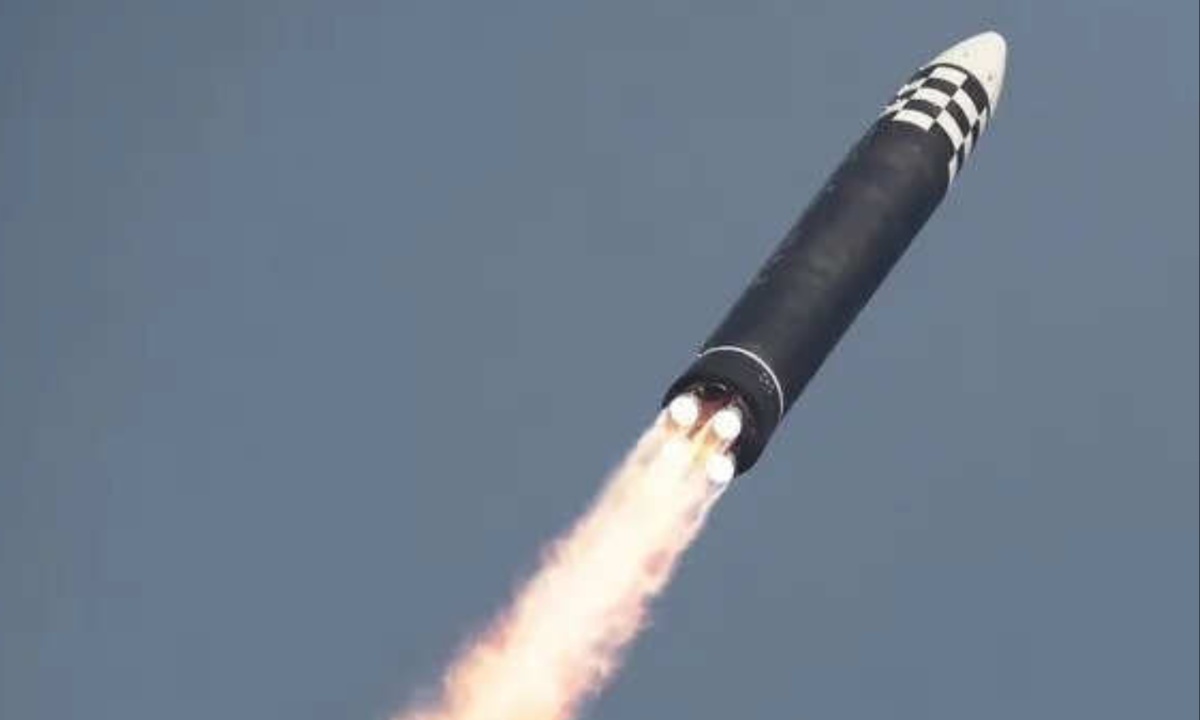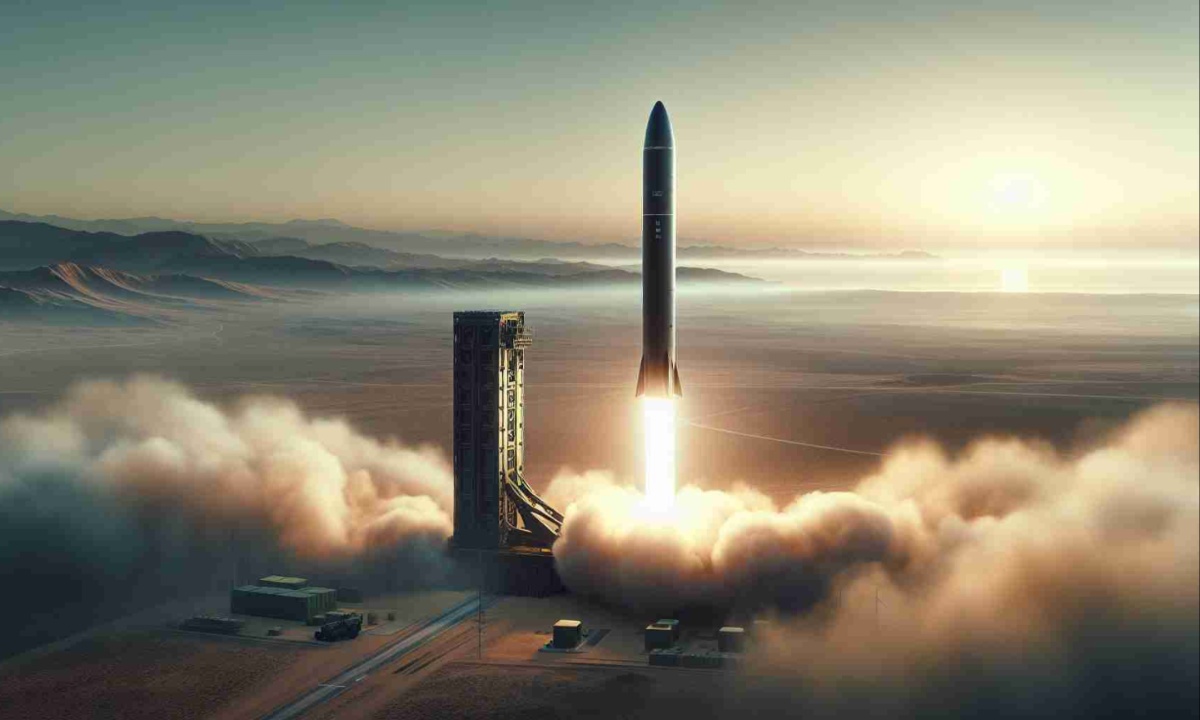China recently completed a significant military operation by successfully launching an intercontinental ballistic missile (ICBM) with a dummy warhead into the Pacific Ocean. The missile was launched at 08:44 local time on a Wednesday, with the Chinese defense ministry stating that it landed in designated sea areas. This test was described as “routine” and part of annual training exercises.
However, details regarding the specific type of missile and its flight path remain unclear, and this event is notable for being the first ICBM launch into international waters since 1980.
Japan has expressed concerns over the missile launch, particularly due to the lack of prior notification from China. Government spokesman Yoshimasa Hayashi confirmed that Japan received no advance warning about the test, heightening scrutiny over regional security.
While Japan’s defense ministry reported no damage to its vessels, officials emphasized the need for vigilance and ongoing monitoring of Chinese military activities. This situation underscores the fragile state of trust among nations in the region, where tensions are increasingly pronounced.

China Launches Intercontinental Ballistic Missile into Pacific Amid Regional Tensions
Analysts interpret the timing and nature of the ICBM launch as a deliberate message directed at both regional and global stakeholders. Experts like Drew Thompson suggest that the launch is intended to intimidate neighboring countries, particularly Japan and the Philippines, as well as the United States.
The historical context is significant; the last ICBM test conducted by China in 1980 involved a considerable naval presence, indicating a demonstration of military strength amid heightened geopolitical tensions.
Recent events further illustrate the rising tensions in East Asia that amplify the implications of China’s missile test. The Philippines has experienced maritime disputes with Chinese vessels, resulting in multiple incidents, while Japan has had to scramble fighter jets in response to perceived threats from Chinese military incursions.
Taiwan remains a contentious issue as well, with China frequently conducting military operations in the vicinity. These dynamics create an environment where the consequences of China’s missile launch extend beyond mere military drills.
On a broader scale, the missile launch reflects China’s growing nuclear capabilities, raising concerns among the United States and its allies. A Pentagon report indicates that China possesses over 500 operational nuclear warheads, with projections suggesting this number may exceed 1,000 by 2030.
This development is particularly striking when compared to the more than 5,000 warheads claimed by both the U.S. and Russia. As China continues to assert its military presence in the region, ongoing tensions with neighboring nations are likely to influence future international relations.











































